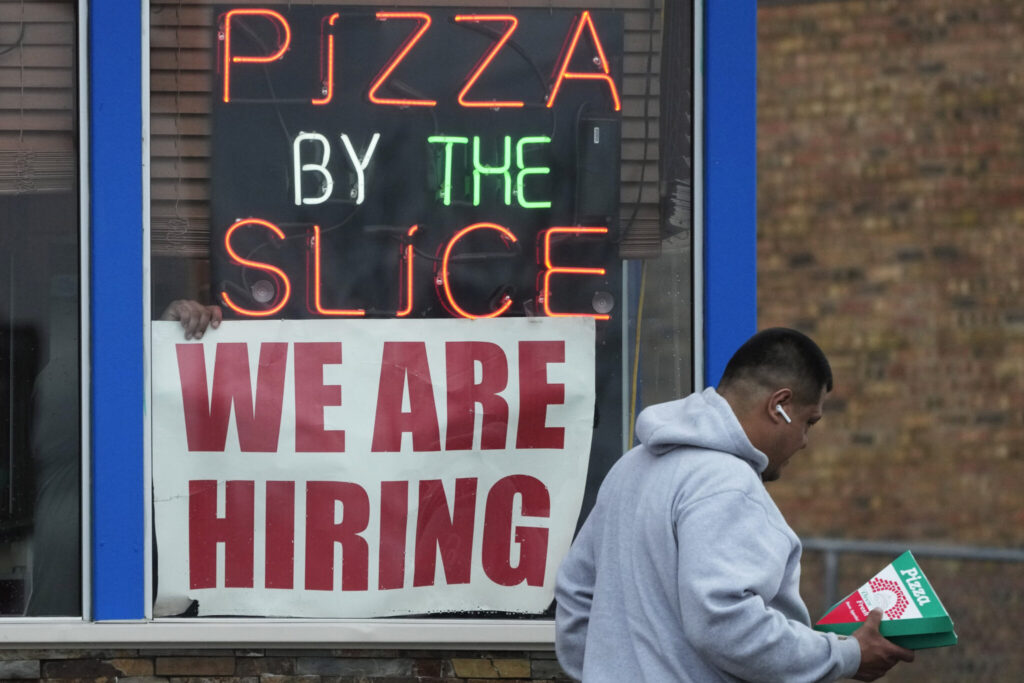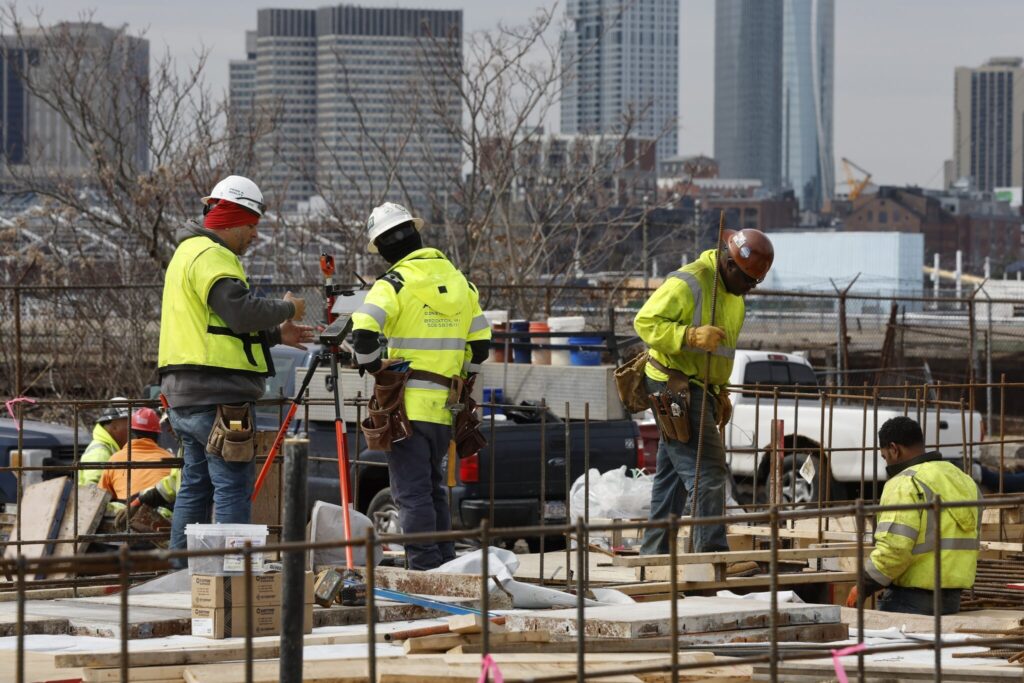The U.S. job market is showing signs of softening as rising interest rates and slowing economic growth begin to take their toll on hiring. Employers added 236,000 jobs in March, according to a report from the Labor Department Friday. That’s down from 326,000 jobs that were added the month before. The unemployment rate dipped to 3.5% in March, from 3.6% in February, even as 480,000 new people joined the workforce. The Associated Press has the story:
US adds 236,000 jobs despite Fed’s rate hikes
Newslooks- WASHINGTON (AP)
America’s employers added a solid 236,000 jobs in March, reflecting a resilient labor market and suggesting that the Federal Reserve may see the need to keep raising interest rates in the coming months.
The unemployment rate fell to 3.5%, not far above the 53-year low of 3.4% set in January. Last month’s job growth was down from February’s sizzling gain of 326,000.
Friday’s government report suggested that the economy and the job market remain on solid footing despite nine rate hikes imposed over the past year by the Fed. The March job gain may lead the Fed to conclude that the pace of hiring is still putting upward pressure on wages and inflation and that further rates hikes are necessary. When the central bank tightens credit, it typically leads to higher rates on mortgages, auto loans, credit card borrowing and many business loans.

Despite last month’s brisk job growth, the latest economic signs increasingly suggest that an economic slowdown may be upon us. Manufacturing is weakening. America’s trade with the rest of the world is declining. And though restaurants, retailers and other services companies are still growing, they are doing so more slowly.
For Fed officials, taming inflation is Job One. They were slow to respond after consumer prices started surging in the spring of 2021, concluding that it was only a temporary consequence of supply bottlenecks caused by the economy’s surprisingly explosive rebound from the pandemic recession.
Only in March 2022 did the Fed begin raising its benchmark rate from near zero. In the past year, though, it has raised rates more aggressively than it had since the 1980s to attack the worst inflation bout since then.
And as borrowing costs have risen, inflation has steadily eased. The latest year-over-year consumer inflation rate — 6% — is well below the 9.1% rate it reached last June. But it’s still considerably above the Fed’s 2% target.

Complicating matters is turmoil in the financial system. Two big American banks failed in March, and higher rates and tighter credit conditions could further destabilize banks and depress borrowing and spending by consumers and businesses.
The Fed is aiming to achieve a so-called soft landing — slowing growth just enough to tame inflation without causing the world’s biggest economy to tumble into recession. Most economists doubt it will work; they expect a recession later this year.

So far, the economy has proved resilient in the face of ever-higher borrowing costs. America’s gross domestic product — the economy’s total output of goods and services — expanded at a healthy pace in second half of 2022. Yet recent data suggests that the economy is losing momentum.
On Monday, the Institute for Supply Management, an association of purchasing managers, reported that U.S. manufacturing activity contracted in March for a fifth straight month. Two days later, the ISM said that growth in services, which accounts for the vast majority of U.S. employment, had slowed sharply last month.
On Wednesday, the Commerce Department reported that U.S. exports and imports both fell in February in another sign that the global economy is weakening.

The Labor Department on Thursday said it had adjusted the way it calculates how many Americans are filing for unemployment benefits. The tweak added nearly 100,000 claims to its figures for the past two weeks and might explain why heavy layoffs in the tech industry this year had yet to show up on the unemployment rolls.
The Labor Department also reported this week that employers posted 9.9 million job openings in February, the fewest since May 2021 but still far higher than anything seen before 2021.

In its quest for a soft landing, the Fed has expressed hope that employers would ease wage pressures by advertising fewer vacancies rather than by cutting many existing jobs. The Fed also hopes that more Americans will start looking for work, thereby adding to the supply of labor and reducing pressure on employers to raise wages.







